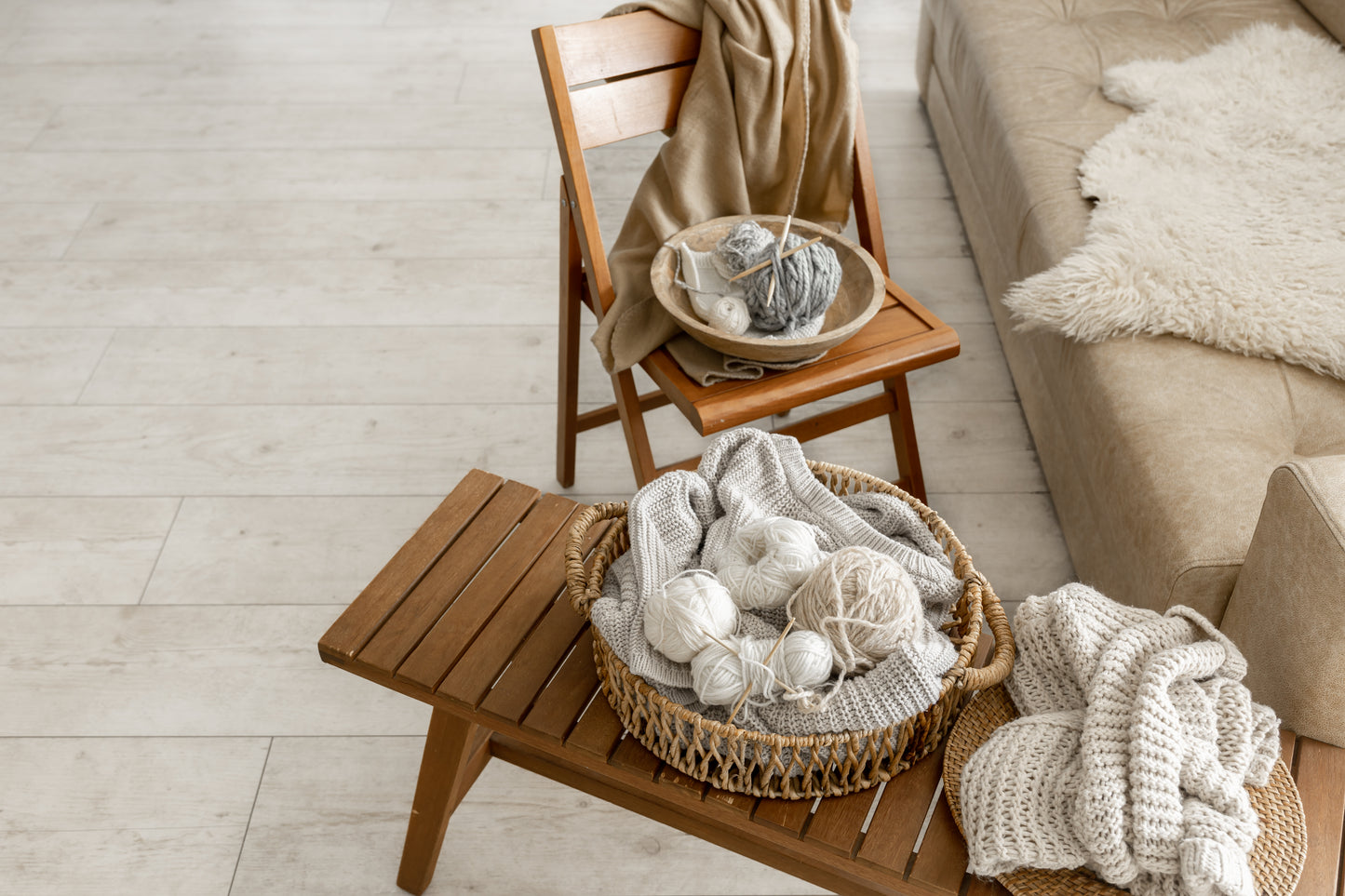
This comprehensive guide will explore the essential maintenance techniques to preserve the beauty and longevity of your hand-knitwear. By following proper care methods, you can ensure that your cherished knitted items remain in excellent condition for years to come.
Understanding the Materials
When it comes to hand knitting, selecting the right yarn is crucial for the success of your project. Understanding the different types of fibres available is the first step in caring for your hand-knitwear. The fibre content plays a significant role in the overall look, feel, and durability of your garment.
There is a wide variety of yarn options to choose from, each with its unique characteristics. From luxurious cashmere to durable wool blends, the type of fibre you select will determine the comfort and longevity of your hand-knitwear.
Before you start your next knitting project, take the time to research and explore the various yarn options available. Consider factors such as softness, warmth, drape, and care instructions when choosing the perfect yarn for your hand-knitwear.
Choosing the Right Yarn
When selecting yarn for your hand-knitwear, consider the intended use of the garment. For example, if you are knitting a cozy sweater for winter, you may want to choose a warm and insulating yarn such as wool or alpaca. On the other hand, if you are knitting a lightweight summer top, a breathable and lightweight yarn like cotton or linen may be more suitable.
It is also essential to consider the care instructions for the yarn you choose. Some fibres may require special care, such as hand washing or dry cleaning, to maintain their quality and appearance. Be sure to read the yarn label carefully and follow the recommended care instructions to ensure the longevity of your hand-knitwear.
By understanding the different fibres available and selecting the right yarn for your project, you can create beautiful hand-knitwear that will stand the test of time. Stay tuned for the next part of our guide, where we will delve into the importance of proper knitting techniques for caring for your hand-knitwear.
- Wool: Wool yarn is a classic choice for knitters. It is known for its warmth, softness, and excellent stitch definition. Wool is available in various weights and can range from fine to bulky. It comes from sheep but can also be sourced from other animals like alpacas, llamas, or merino goats.
-
Acrylic: Acrylic yarn is a synthetic fibre that is popular among knitters for its affordability, durability, and wide range of colours. It is easy to care for, as it is machine washable and resistant to shrinking and stretching. Acrylic yarn is a great choice for projects that require frequent washing or for those with wool allergies.
-
Cotton: Cotton yarn is known for its breathability, softness, and ability to keep you cool in warmer climates. It is a natural fibre that is often used for making lightweight garments, dishcloths, and baby items. Cotton yarn doesn't have as much stretch as wool, so it's important to choose appropriate patterns and stitches when working with it.
-
Alpaca: Alpaca yarn is prized for its luxurious softness and warmth. It is lighter and warmer than wool and comes in a variety of natural shades. Alpaca fibre is hypoallergenic and is often blended with other fibres like wool to enhance its strength and durability.
-
Mohair: Mohair yarn is made from the hair of the Angora goat. It is known for its lustrous sheen, silky texture, and excellent drape. Mohair is often used for creating fluffy, lightweight garments and accessories. It can be blended with other fibres for added strength and versatility.
-
Silk: Silk yarn is a luxurious choice for special projects. It has a smooth and shiny texture, excellent drape, and a natural lustre. Silk blends well with other fibres and is often used for creating elegant garments and accessories.
-
Cashmere: Cashmere yarn is known for its incredible softness and warmth. It comes from the fine undercoat of cashmere goats and is highly sought after for its luxurious feel. Cashmere yarn is often used for making cosy sweaters, scarves, and accessories.
-
Linen: Linen yarn is made from flax fibres and is known for its durability and coolness. It becomes softer and more comfortable with each wash and is an excellent choice for summer garments.
-
Bamboo: Bamboo yarn is made from bamboo fibres and is known for its softness, drape, and antimicrobial properties. It is an eco-friendly option and is often blended with other fibres for added strength and versatility.
These are just a few examples of the many types of yarn available for hand knitting. Each yarn type brings its own unique qualities to a project, so consider the characteristics you desire in your finished item when choosing the appropriate yarn.
When selecting yarn for durability and ease of care in your knitting projects, several factors come into play.
Here are some key considerations to keep in mind:
-
Fibre Content: The type of fibre used in the yarn greatly influences its durability and care requirements. Some fibres, like wool and alpaca, are known for their strength and longevity. Others, like acrylic and cotton, are often chosen for their easy care and resistance to shrinking or stretching. Consider your specific needs and preferences when it comes to fibre properties.
-
Ply: Ply refers to the number of strands twisted together to form the yarn. Yarns with more plies tend to be more durable and less likely to pill or break. Single-ply yarns, while soft and often aesthetically pleasing, may be more prone to pilling and can require more delicate handling.
-
Twist: The amount of twists in the yarn affects its durability and stitch definition. Yarns with a tighter twist generally hold up better over time, maintaining their shape and structure. They also tend to produce crisper stitch definition. Loosely twisted yarns can be delicate and may require more care during washing and wearing.
-
Gauge and Weight: Consider the intended use and wearability of your project. For items that will experience heavy use or frequent washing, opting for a heavier-weight yarn or a tighter gauge can increase durability. Thicker yarns are often more resilient, whereas delicate lacy projects may require more gentle care.
-
Care Instructions: Pay attention to the care instructions provided by the yarn manufacturer. Some yarns are machine washable, while others require hand washing. Taking into account your lifestyle and preferences, choose a yarn that aligns with your desired level of care and maintenance.
-
Colourfastness: If you plan to work with vibrant or intense colours, ensure that the yarn is colourfast. Colourfastness refers to the yarn's ability to retain its colour without excessive fading or bleeding during washing. This is particularly important if your project involves multiple colours or colourwork, that being said, all indie-dyed yarns may bleed a little and that is completely normal.
-
Longevity of the Finished Item: Consider the intended lifespan of your project. If you're knitting a garment or accessory you expect to use for many years, investing in high-quality, durable yarn can be worthwhile. On the other hand, for short-term projects or items that may require frequent updating or replacement, you may prioritize affordability and easy care.
By considering these factors when choosing your yarn, you can select a durable and easy-to-care-for option that meets your project's requirements and your personal preferences.
The fibre content of yarn plays a significant role in determining the care instructions for your knitting projects.
Different fibres have unique characteristics and properties that influence how they should be cared for.
Here's how fibre content affects care instructions:
-
Wool and Animal Fibers: Wool, alpaca, mohair, and other animal fibres are known for their warmth, softness, and breathability. However, these fibres require special care to avoid felting, shrinking, or stretching. They generally benefit from gentle hand washing in lukewarm water using a mild detergent or wool wash. Avoid agitating or wringing the item to prevent damage. Reshape and lay flat to dry, preferably on a clean towel or blocking mat.
-
Acrylic and Synthetic Fibers: Acrylic and other synthetic fibres are often chosen for their affordability, durability, and easy care. They are typically machine washable and resistant to shrinking or stretching. Follow the manufacturer's instructions for machine washing, using a gentle cycle and cold water. However, avoid high heat when drying, as it can melt or deform the yarn. Instead, opt for low heat or air drying.
-
Cotton and Plant Fibers: Cotton, linen, and other plant-based fibres are known for their breathability and ability to keep you cool. These fibres are generally machine washable. Use a gentle cycle with cold or lukewarm water and a mild detergent. Due to the lack of elasticity in these fibres, reshape and lay flat to dry to avoid stretching.
-
Silk and Luxury Fibers: Silk and luxury fibres require delicate care to maintain their lustre and softness. Hand washing is typically recommended for these fibres. Use a gentle detergent suitable for delicate fabrics and lukewarm water. Avoid wringing or twisting the item and instead gently squeeze out excess water. Dry flat on a clean towel or blocking mat.
-
Blends and Specialty Yarns: Yarns that are blends of different fibres may have care instructions that combine the needs of each fibre. Read the label or check with the manufacturer for specific care guidelines.
If in doubt, swatch and test a small piece of your project before washing the entire item to ensure the care instructions are suitable. With proper care, you can extend the life and beauty of your hand-knit creations.
In Part Two this guide will be on washing and drying your knits.
